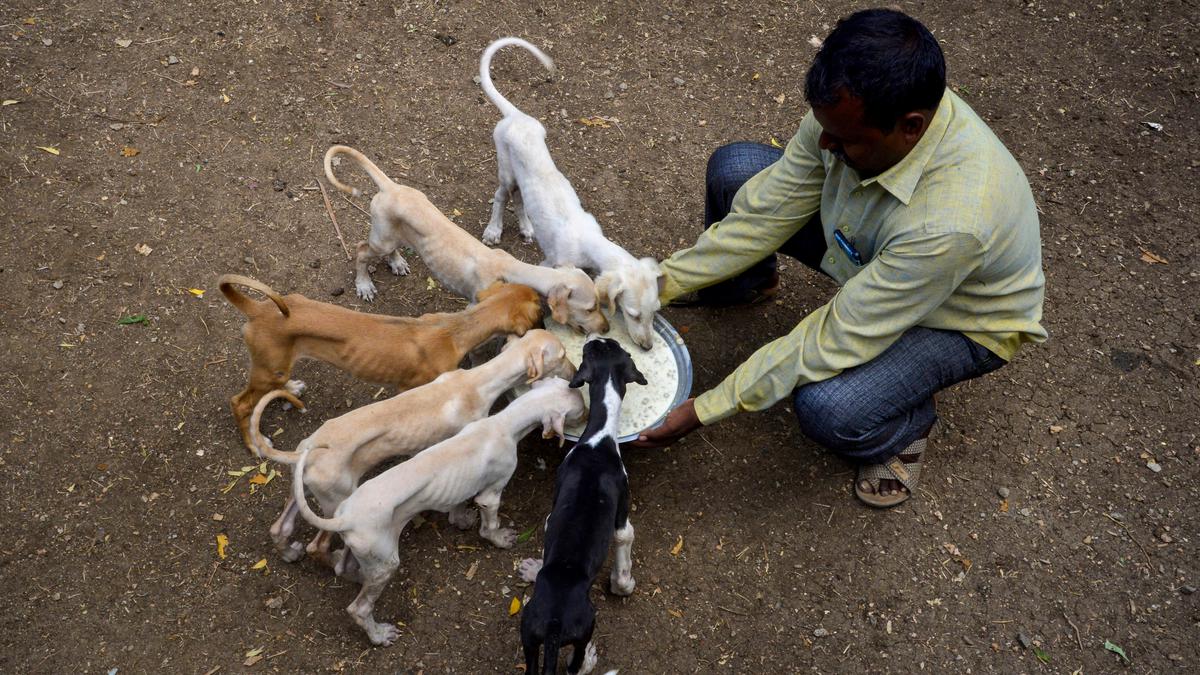It needs courage to enter the Canine Research and Information Centre at Thimmapur, near Mudhol, in Karnataka. A pack of Mudhol hounds bark fiercely at any unfamiliar face.
The Patwardhan Kings of Mudhol created the hybrid hunting dogs by crossing the Afghanistan Caravan hounds with the local native dog breeds. It is said that the King of Mudhol presented a pair of puppies to King George V in the early 1900s. The dogs came to be identified with the name of their town: later, it was bred in nearby regions.
The slim and sturdy Mudhol hounds are recognised as a native dog breed by the National Bureau of Animal Genetic Resources. The CRIC was set up in 2009-10 by the Karnataka Veterinary Animal and Fisheries Sciences University (KVAFSU), Bidar, to breed these dogs, which are in demand for surveillance and guard duties. They are also known for their loyalty.
The research centre supports breeders by supplying certified hounds. It has a buy-back system too. A distinct parental lineage certificate is also issued by the KVAFSU. The centre’s scientists train local farmers who are interested in breeding these dogs.
Mudhol hounds come in seven colours. Night black is the rarest, followed by brindle, which is usually brown or tawny with bands of another colour. The centre provides 50-day-old puppies to breeders and enthusiasts for ₹12,500 each. The adult dogs are fed milk, eggs, cereals, millets and certified dog food at the centre. Puppies are fed milk and supplements, after they are weaned.
Nearly 240 farmers from the Scheduled communities have been given free pairs of dogs. Vaccines and food for the dogs are also provided for a year.
The Indian Army, the Air Force, the Remount Veterinary Corps, the Sashastra Seema Bal, the Central Reserve Police Force, the Central Industrial Security Force in Sriharikota, the Border Security Force, the administration of the Bandipur Tiger Reserve, the Karnataka Police, and the elite Special Protection Group use the services of the Mudhol hounds.
The research centre is hoping to expand its activities by introducing scientific training facilities with better infrastructure as the demand for the breed is only growing.
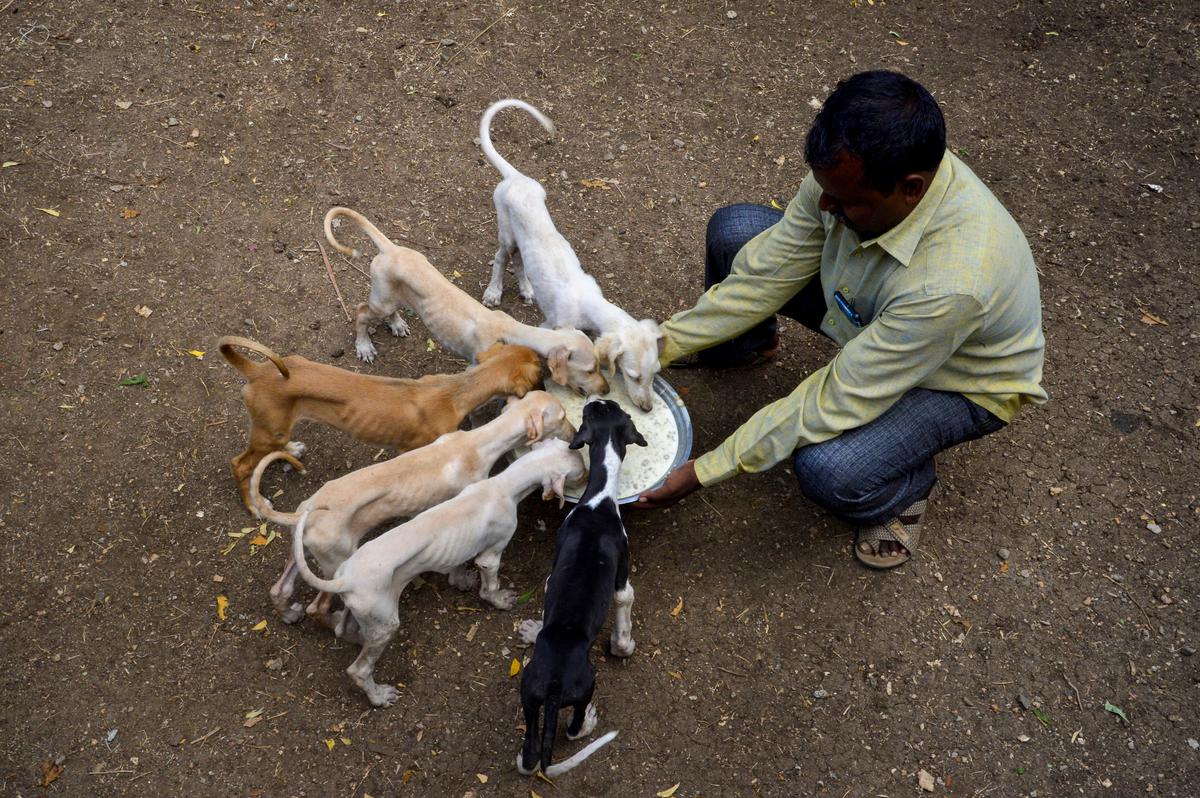
Photo:
K. Bhagya Prakash
Growing up strong: Mudhol hound pups are fed milk and supplements, after they are weaned. The puppies of a native breed could grow up to be champion dogs serving in the Army or various security forces one day.
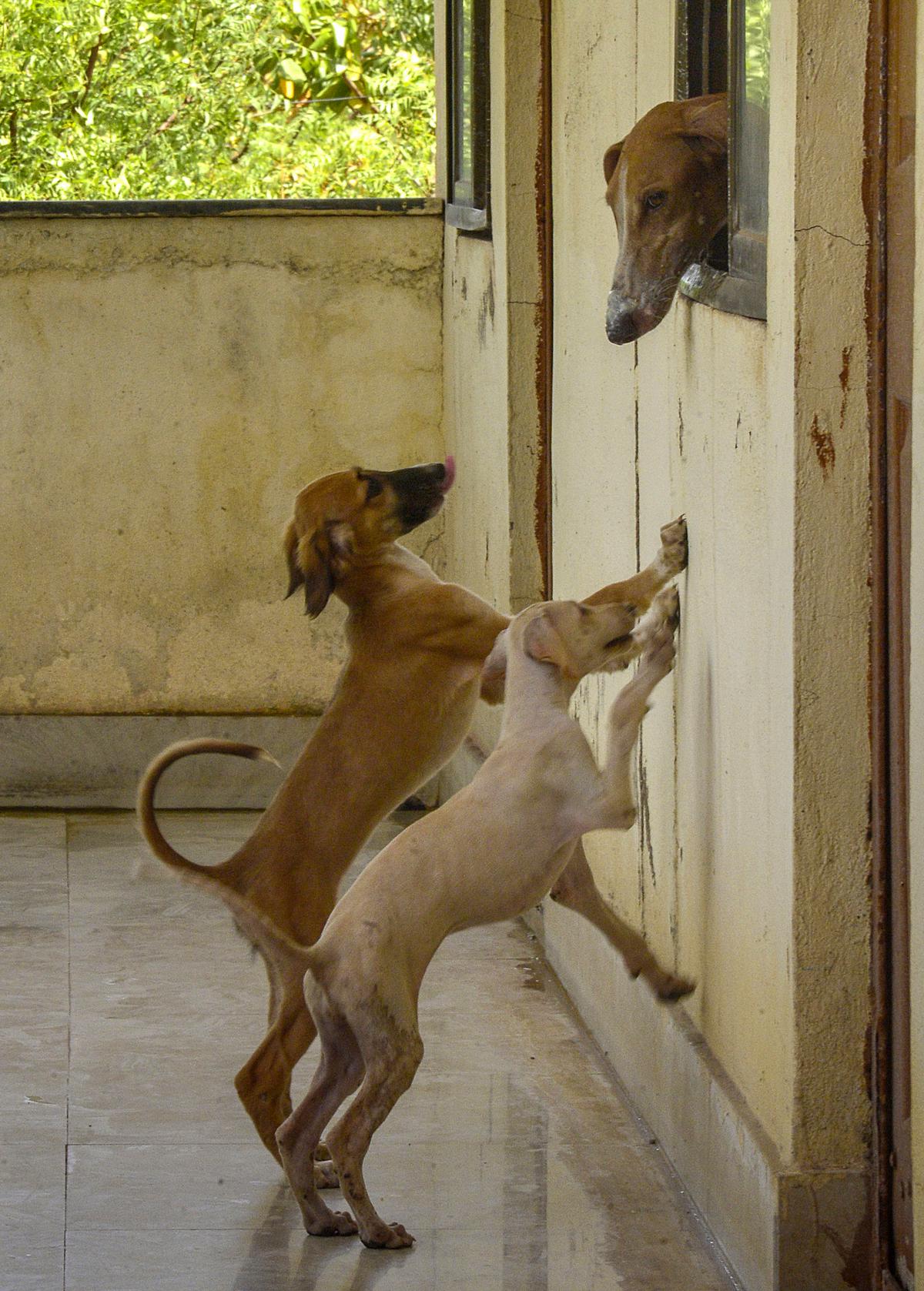
Photo:
K. Bhagya Prakash
Mom is the best: Pups separated to be bathed and fed try to reach their mother in an adjacent room in the Canine Research
and Information Centre at Thimmapur, in Karnataka.
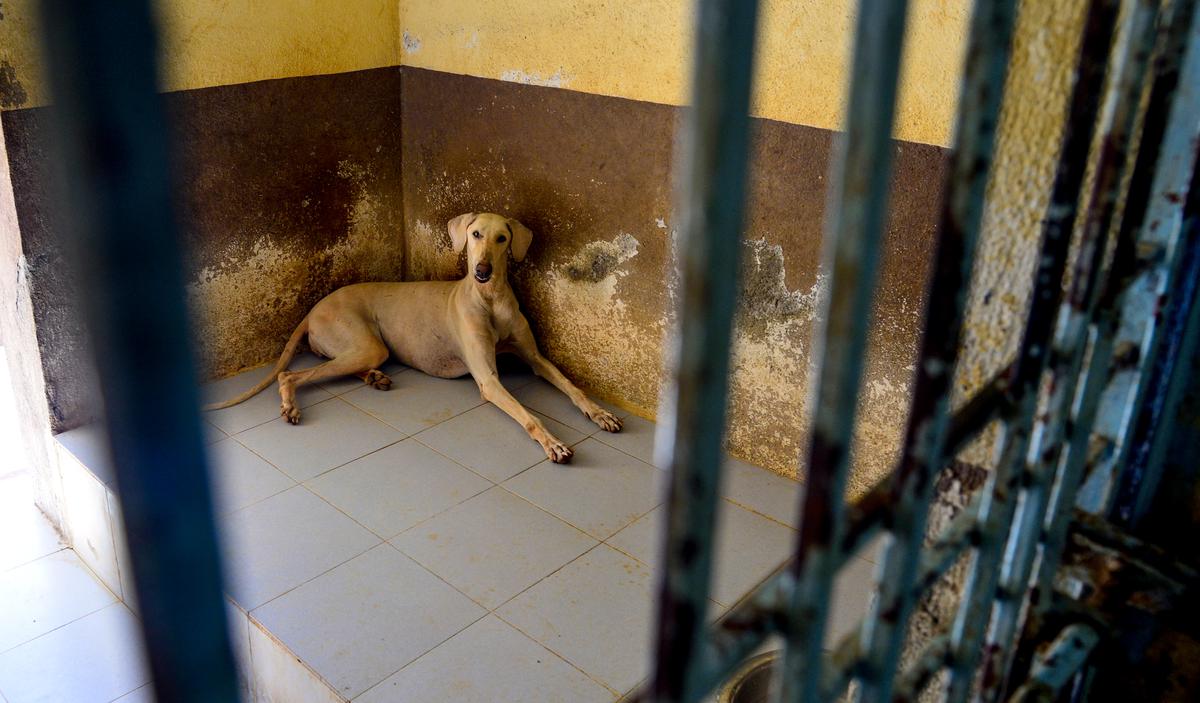
Photo:
K. Bhagya Prakash
Midday break: A Mudhol hound takes rest to beat the searing heat of the afternoon. Pairs of dogs are given to farmers for breeding in order to boost the population.
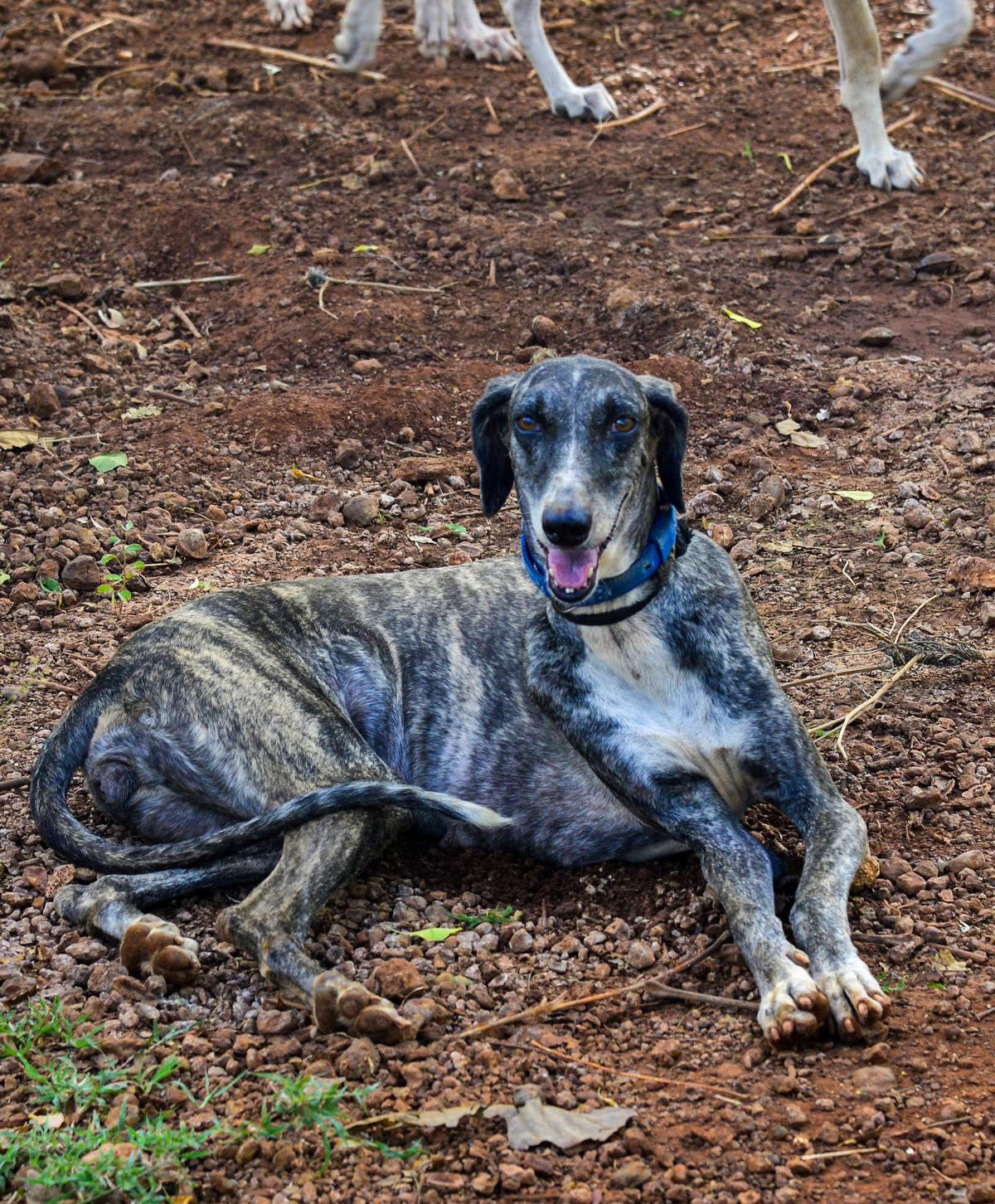
Photo:
K. Bhagya Prakash
Loyal streak: A brindle Mudhol hound; the dog breed comes in various shades of brown, black and white.
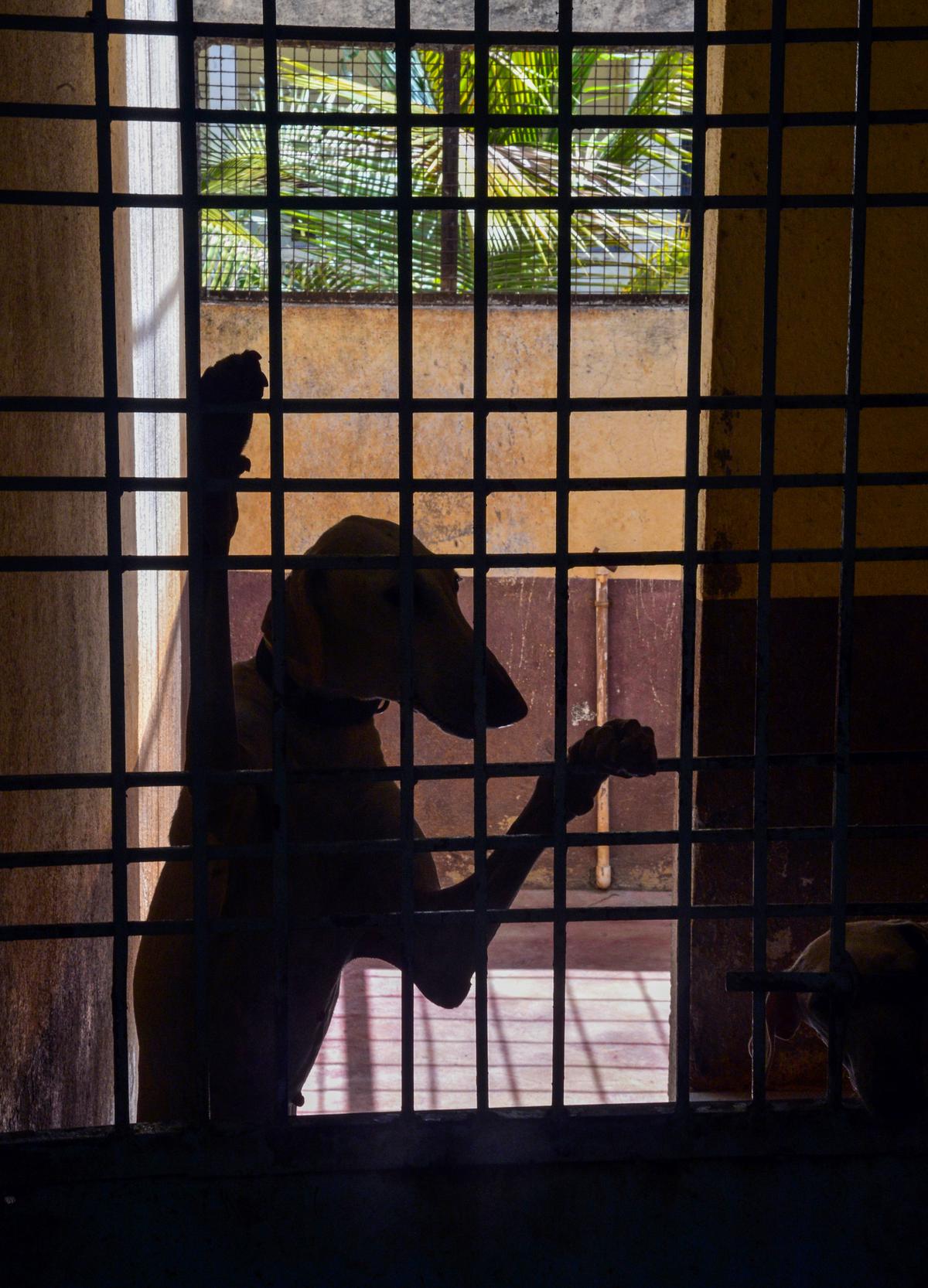
Photo:
K. Bhagya Prakash
Patient wait: A Mudhol hound looking for a caretaker who comes for cleaning and feeding every day.
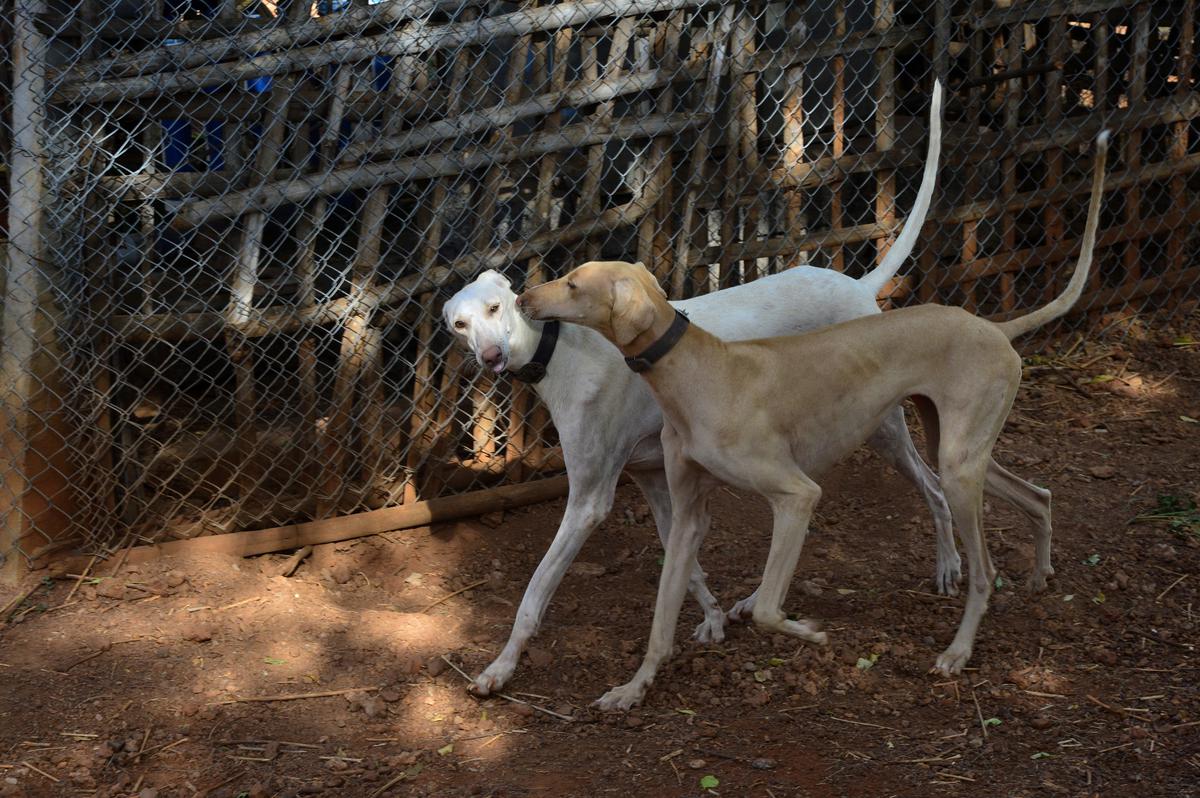
Photo:
K. Bhagya Prakash
Walk in the sun: The dogs are in playful mood when out in the open. They are fast runners and skilled at surveillance.
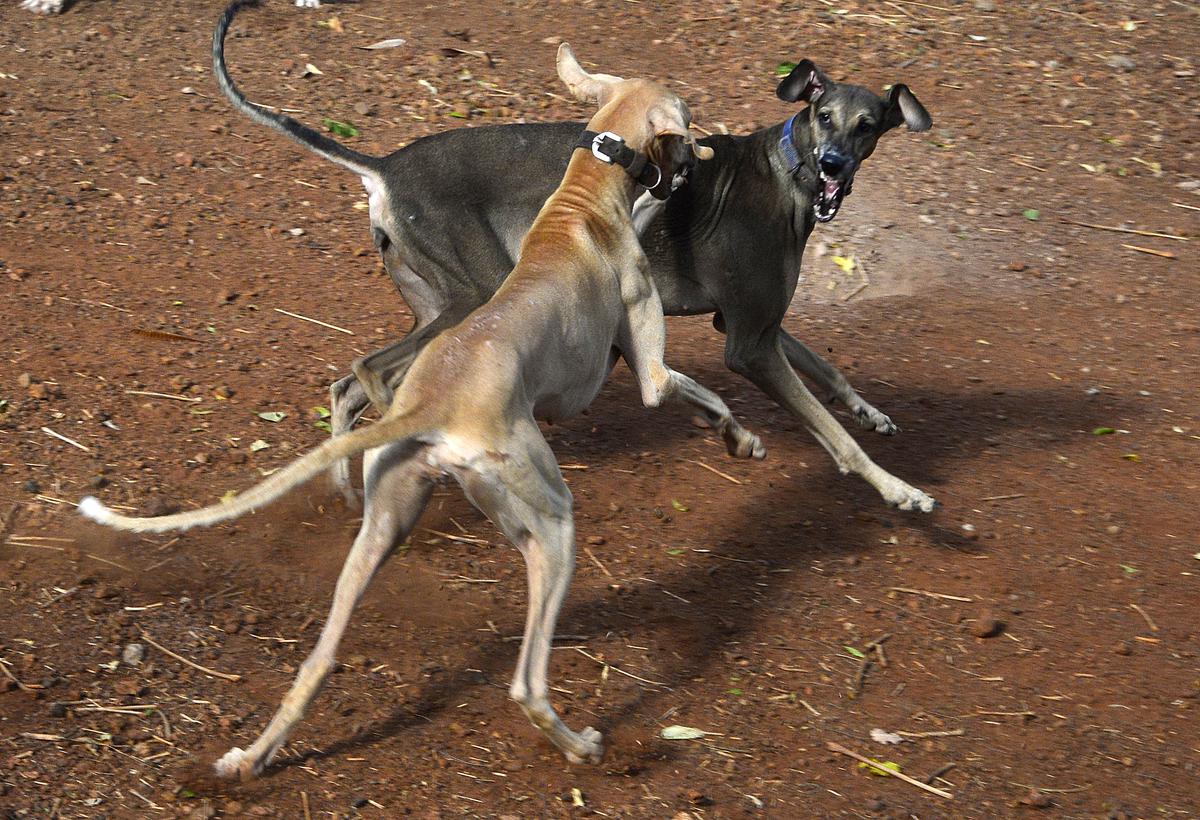
Photo:
K. Bhagya Prakash
Moment of aggression: Any fight between the dogs is immediately dealt with by the caretakers at the research centre.
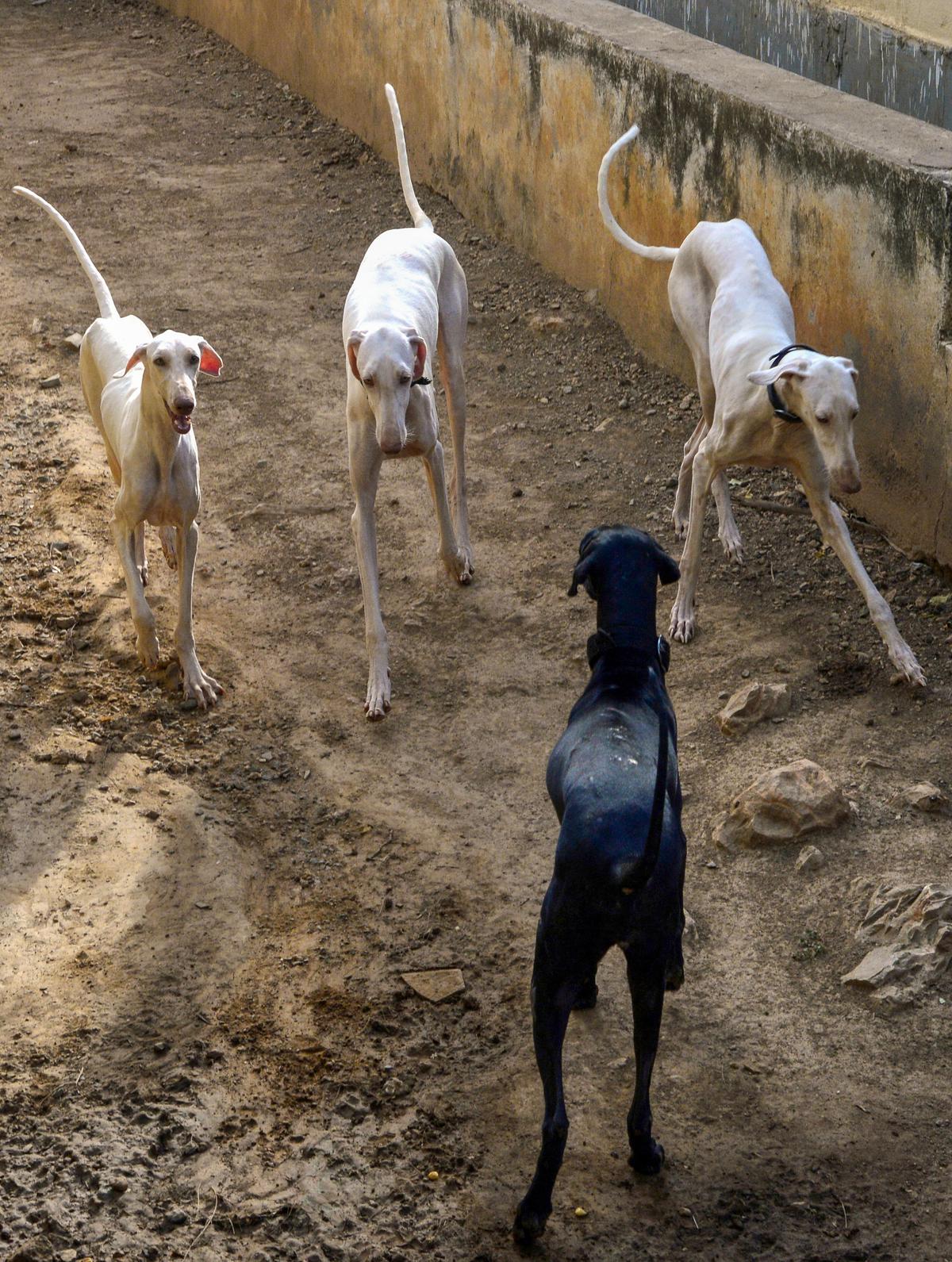
Photo:
K. Bhagya Prakash
Dark beauty: A pitch black coat is rare among the Mudhol hounds.
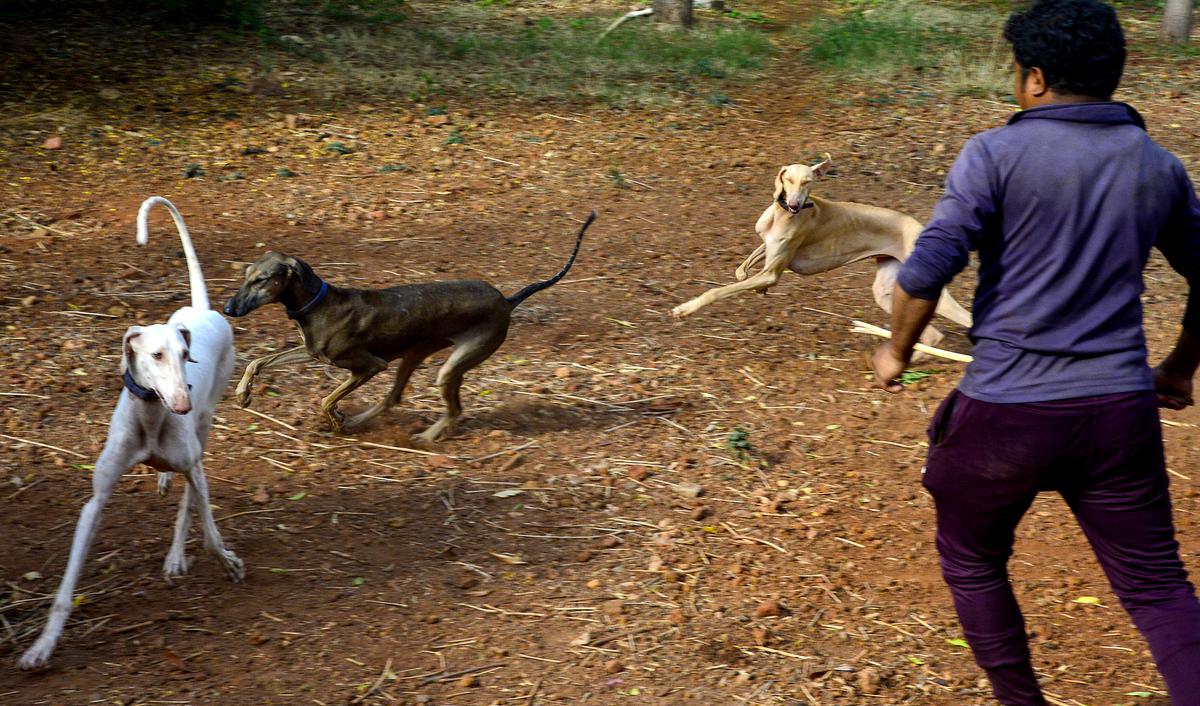
Photo:
K. Bhagya Prakash
Nimble feet: Stepping in to break up a dogfight can be a real challenge as these native dogs are not only agile but also strong.

